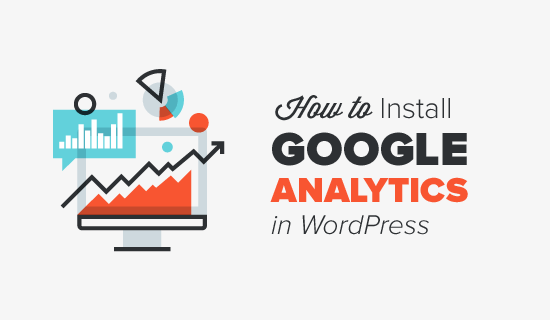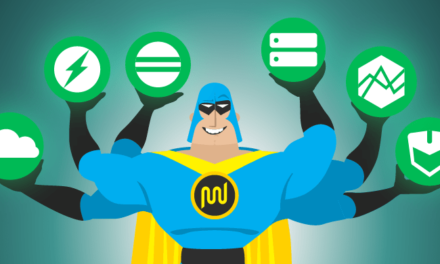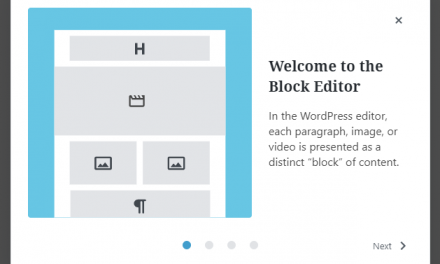If you’re like most people running a business, you probably don’t have a lot of time to waste. The last thing you want to do is spend months creating a product or service that no one wants to buy. So how do you know if your idea is even worth pursuing? The answer: properly define your target audience.
Defining and understanding who you are creating something for is essential for any business owner. But figuring out how to go about doing that might seem a tad confusing at first.
Thankfully, we’ve gathered a variety of tips about how to define a target audience in one place. In addition, we have rounded up some of the best tools available to assist you — so you can make your next move with confidence.
What is a Target Audience and Why Does It Matter?

Your target audience is the group of people that are most likely to become consumers of your product or service. Knowing your target audience helps you craft messaging and commodities that meet their needs. Doing so makes it easier to attract them as customers and, ultimately, make more sales.
Often, people will conflate the ideas of target audience and target demographics (or target market). While they are related, it’s important to understand the difference between them.
- Target demographics refer to a set of characteristics that define an individual or group. Often, these can include age, gender, marital status, education level, job title, and income level.
- Target audience, on the other hand, is more focused on understanding a person’s needs and interests. It takes into consideration things like lifestyle, values, and motivations.
Knowing your target audience helps you understand what they need. This helps you get the most out of your efforts, while also ensuring that you will find customers.
With target audience information, you can then create customer personas. These are detailed profiles of the ideal customer that can help you make more informed decisions about your business. Personas also help you develop content, create campaigns, and send targeted messages to the right people.

How to Define Your Target Audience
So how do you define your target audience? It’s actually a lot easier than you might think.
1. Examine Your Current Customers
Take a look at your current customer base. Why do they choose to buy from you? What are their needs, wants, and motivations?
You can source this information through social media, analytics, surveys, and audience measurement tools – which we’ll discuss later. Knowing it can help you determine who else may be interested in what you have to offer.
Also look at what campaigns have been successful in the past. This can provide useful insights for your current and future marketing efforts.
2. Use Surveys and Interviews to Gather Data

Surveys and interviews can provide insight into the true needs and desires of potential customers. They let you ask questions that will help you narrow down your target audience. A few things you might want to inquire about include:
- What do you like and dislike about products or services in your industry?
- How likely are you to buy a product or service in your industry?
- What features or benefits are most important to you when making a purchase?
- What are your biggest challenges or pain points?
3. Perform Market Research
Market research helps you get a better understanding of what your target audience is looking for. You’ll want to examine things like age, gender, location, as well as purchasing habits. This can help you better tailor your messaging and product offerings to this specific group of people. Tool tips for this step are coming up soon.
4. Look at Competitor Analysis
Studying the tactics of your competitors can help you uncover potential opportunities for your own company. Knowing who they’re targeting and how they’re going about it can give you a better understanding for your own efforts.

5. Identify Your Ideal Customer
Once you’ve gathered all of your research, it’s time to identify your ideal customer. This is the person you want to target with your product or service. Write down who they are and what motivates them, so you can tailor your offerings accordingly. A few other things to make note of include:
- What are their pain points?
- How do they like to be communicated with?
- What type of messaging resonates with them?
- What channels should you use to reach them?
6. Identify Who Your Ideal Customer is Not
While it’s important to define who you should target, it’s just as important to figure out who you shouldn’t. Identifying who your ideal customer isn’t can help you save time and money that you are not spending on trying to attract the wrong people. A few key attributes to make note of include:
- Demographics: The age, gender, and location – to start – of those who wouldn’t buy your product or service.
- Purchasing habits: The general price point and quality standards that don’t apply to your target audience.
- Interests: The general categories of interests that your target audience couldn’t be bothered with.
- Previous experiences: Life experiences that don’t apply to your target audience. For instance, if your product is geared toward college students, your target audience likely doesn’t include homeowners or parents.
There will be exceptions to these attributes, of course, but your goal here is to generalize.
7. Monitor and Analyze Your Customer’s Habits and Preferences
Once you’ve identified your target audience, it’s time to start tracking their habits and preferences. Monitor their behavior and track user engagement in order to refine your marketing tactics and ensure you’re meeting their needs. You can do this by keeping an eye on social media conversations, Google search trends, and by using one or more tools designed to help you keep track of user behavior.
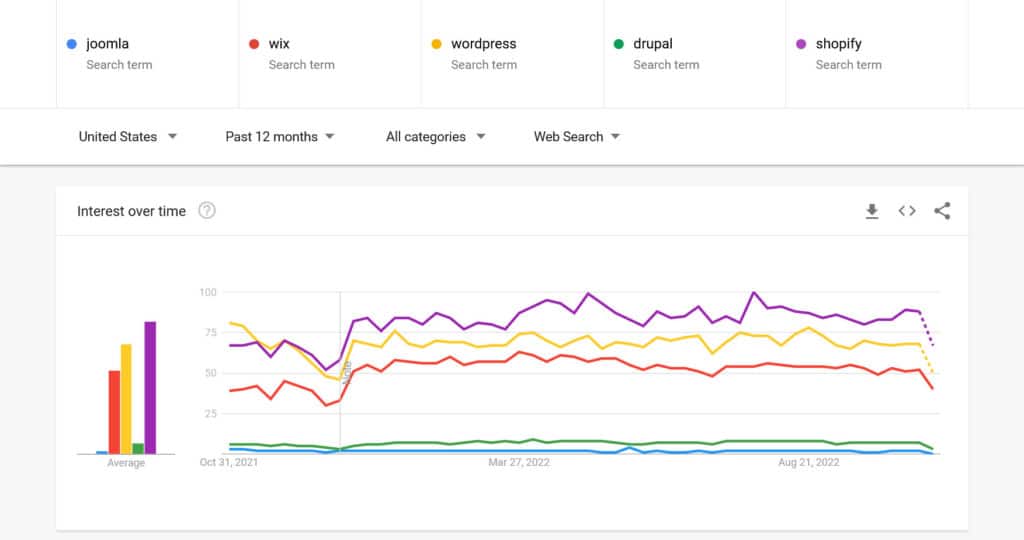
By using the tips above, you can accurately define your target audience. Even so, carrying out these steps is a challenge without the right tools on hand. So let’s talk about that next.
Tools for Defining Your Target Audience More Efficiently
Here are some excellent tools that can help you define your target audience more efficiently. Let’s take a look at some of them now.
1. SparkToro

SparkToro is a great audience research tool. It lets you see what websites your customers go to and what social media accounts they interact with the most. SparkToro also provides info on the hashtags your customers use, whose content they reshare, and so forth. Knowing this, you can meet them where they’re at.
This tool can give you a better understanding of not only who your target audience is, but also what motivates them. All you need to do is plug in the topic you’re researching and SparkToro will generate an audience report with all the relevant data.
2. Google Analytics
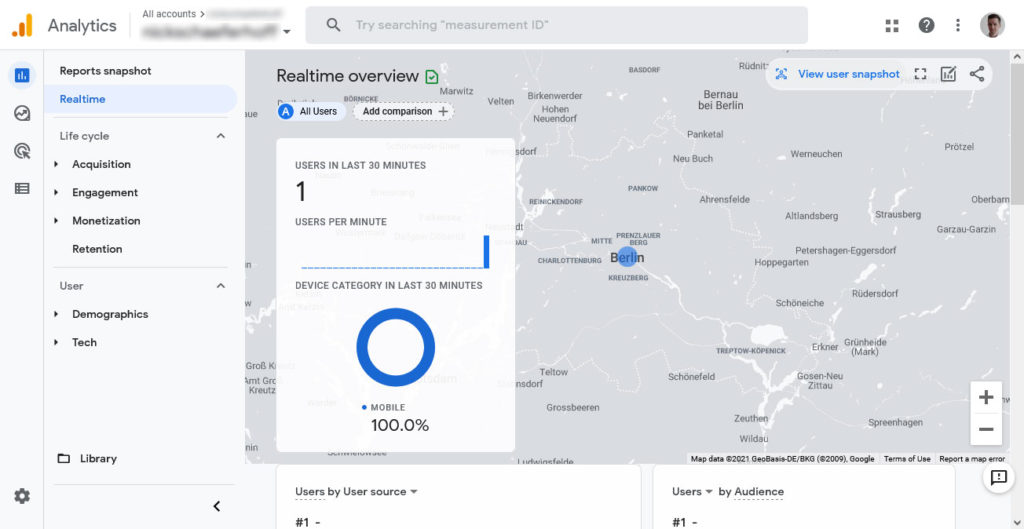
Google Analytics is a great tool for understanding who your target audience is. It gives you insight into website traffic and user behavior. You can also see which demographics are the most engaged with your content. Plus, analytics help you track user engagement and conversions so you can identify areas of opportunity.
3. Built-In Social Media Analytics

Many social media platforms have built-in analytics tools. They allow you to track how your content is performing and who’s engaging with it. Use them to narrow down your target audience and see which demographics are most likely to respond to your content.
For instance, Facebook offers Audience Insights, which provides details into the types of people you should target. Similarly, Instagram insights can provide valuable data on who’s interacting with your account and what kind of content they respond to best.
4. Quantcast Measure

Quantcast Measure is a powerful audience measurement tool. It helps you understand who’s visiting your website, what they’re looking for, and how they found you. The tool can even tell you where your visitors are located so you can tailor your offerings accordingly.
Once you set up an account, Quantcast Measure will give you detailed information on your visitors’ age, gender, and interests. This allows you to further refine your target audience and make sure your content aims at the right people.
5. SurveyMonkey
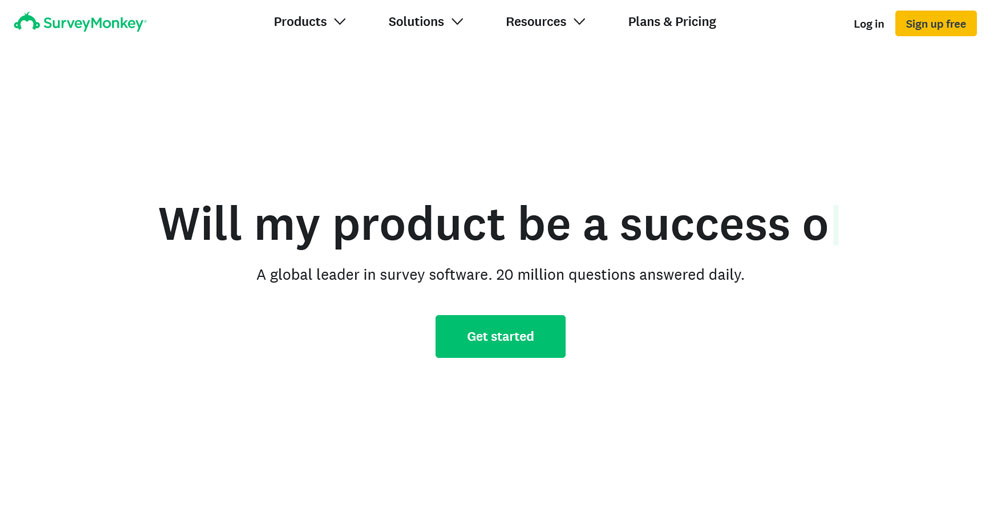
SurveyMonkey is a great tool for conducting surveys among your target audience. For example, you can collect feedback from your current customers as well as potential ones. This is helpful for learning more about their preferences.
To get started, just create a survey with questions related to your product or service. Then, send it out and analyze the results. You can also use SurveyMonkey to create polls and quizzes to further engage your target audience.
6. Audiense

Next up is Audiense. It’s a data-driven tool that helps you identify, analyze, and engage with your preferred customers. The software allows you to segment and target specific demographics. Doing so lets you adjust your content marketing to the needs of your customers.
Audiense titles itself as an audience intelligence platform, which is an apt description considering its comprehensive range of features. You can use the data collected to make decisions about multiple aspects of your business from keyword research and content generation to persona building and influencer outreach.
7. SEMRush

SEMRush is a powerful tool to identify keywords and phrases related to your target audience. It also provides insights into competitor activities, so you can adjust your strategy accordingly. This tool is especially useful for search engine optimization (SEO). It helps you rank your website higher in search engines for the keywords your target audience is definitely searching for.
8. Keyhole

Keyhole is a social media report building tool that helps you analyze and track your online presence. It can identify influencers in your niche, as well as monitor hashtags and keywords related to your target audience.
Keyhole also helps you spot the right opportunity to promote your brand and get in front of potential customers at the moment they’re looking for what you have to offer. It even incorporates competitor analysis for further refining your target audience.
Get to Know Your Target Audience With These Tools and Tips
Knowing who exactly you are trying to attract is essential for your marketing efforts. By getting to know your target audience inside and out, you avoid creating the wrong content, products, and message. Doing so will save you money, time, and effort down the line.
Ultimately, with the help of the data-driven tools above, you can gain a detailed picture of your ideal customers and what they respond to best. While it’s possible to collect a lot of this information by hand, having tools that aggregate it automatically makes things a lot easier.
However, tools and research can only do so much. The key is to actually use the knowledge to improve your products and business.
Will you be using any of the tips or tools outlined here today? Did we miss your favorite? Feel free to let us know!




